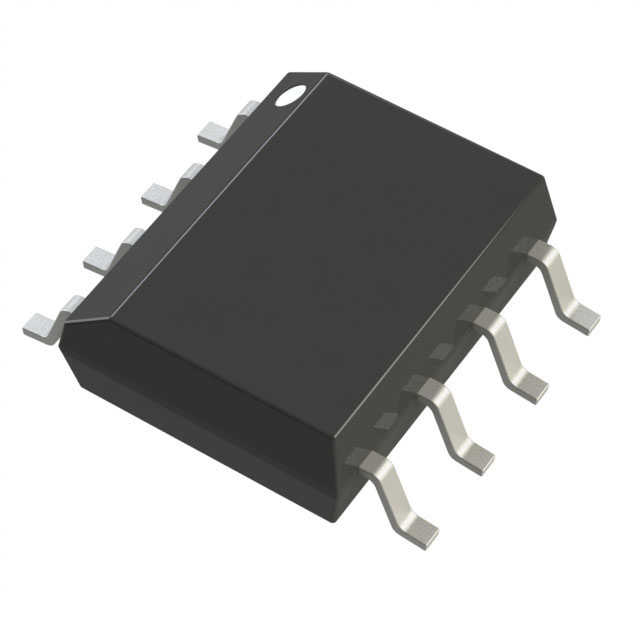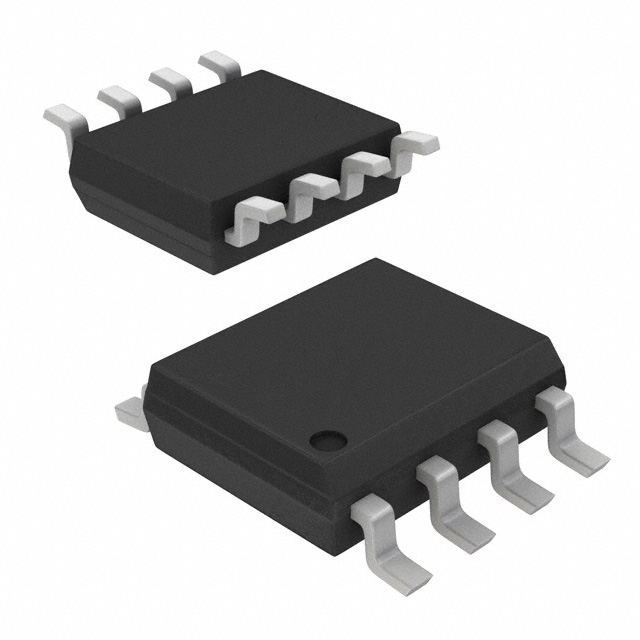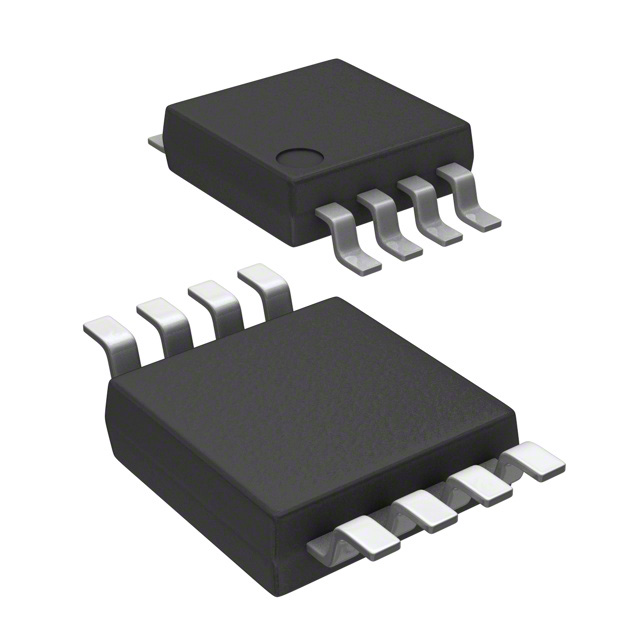MAX4477AUA+TGC1
Manufacturer No:
MAX4477AUA+TGC1
Manufacturer:
Description:
IC OPAMP GP 2 CIRCUIT 8UMAX
Datasheet:
Delivery:





Payment:




In Stock : 0
Please send RFQ , we will respond immediately.









MAX4477AUA+TGC1 Specifications
-
TypeParameter
-
-3db Bandwidth-
-
Supplier Device Package8-uMAX/uSOP
-
Package / Case8-TSSOP, 8-MSOP (0.118", 3.00mm Width)
-
Mounting TypeSurface Mount
-
Operating Temperature-40°C ~ 125°C
-
Voltage - Supply Span (Max)5.5 V
-
Voltage - Supply Span (Min)2.7 V
-
Current - Output / Channel48 mA
-
Current - Supply2.5mA (x2 Channels)
-
Voltage - Input Offset70 µV
-
Current - Input Bias1 pA
-
Gain Bandwidth Product10 MHz
-
Slew Rate3V/µs
-
Output TypePush-Pull, Rail-to-Rail
-
Number of Circuits2
-
Amplifier TypeGeneral Purpose
-
PackagingTape & Reel (TR)
-
Product StatusObsolete
-
Series-
The MAX4477AUA+TGC1 is a precision, low-noise operational amplifier (op-amp) integrated circuit chip. Some of its advantages and application scenarios include:Advantages: 1. Low Noise: The MAX4477AUA+TGC1 has a low input voltage noise density, making it suitable for applications that require high precision and low noise amplification. 2. High Precision: It offers high DC precision with low input offset voltage and low input bias current, ensuring accurate amplification of signals. 3. Wide Bandwidth: The op-amp has a wide bandwidth, allowing it to amplify signals across a broad range of frequencies. 4. Low Power Consumption: It operates on low power supply voltage and consumes minimal power, making it suitable for battery-powered applications. 5. Rail-to-Rail Output: The chip provides rail-to-rail output swing, enabling it to handle signals close to the power supply rails.Application Scenarios: 1. Sensor Amplification: The low noise and high precision characteristics of the MAX4477AUA+TGC1 make it suitable for amplifying signals from various sensors, such as temperature sensors, pressure sensors, or strain gauges. 2. Audio Amplification: It can be used in audio applications where low noise and high fidelity amplification are required, such as in audio preamplifiers or headphone amplifiers. 3. Medical Instrumentation: The precision and low noise properties of the chip make it suitable for medical instrumentation applications, such as ECG amplifiers or blood pressure monitors. 4. Data Acquisition Systems: The wide bandwidth and low noise characteristics make it suitable for use in data acquisition systems, where accurate amplification of small signals is crucial. 5. Portable Devices: The low power consumption and rail-to-rail output swing make it suitable for use in portable devices, such as handheld meters or portable audio devices.It is important to note that the specific application scenarios may vary depending on the requirements and specifications of the system being designed.
MAX4477AUA+TGC1 Relevant information
-

AD8034ARZ-REEL7
Analog Devices Inc. -

CA3140AMZ
Renesas Electronics America Inc -

OP07CPZ
Analog Devices Inc. -
LT1636CMS8#TRPBF
Analog Devices Inc. -
LT1490ACS8#TRPBF
Analog Devices Inc. -
LTC2055HMS8#TRPBF
Analog Devices Inc. -
AD8227BRMZ-R7
Analog Devices Inc. -

AD8227BRZ-R7
Analog Devices Inc. -

AD623ARZ-R7
Analog Devices Inc. -
AD623ARMZ-REEL7
Analog Devices Inc.







